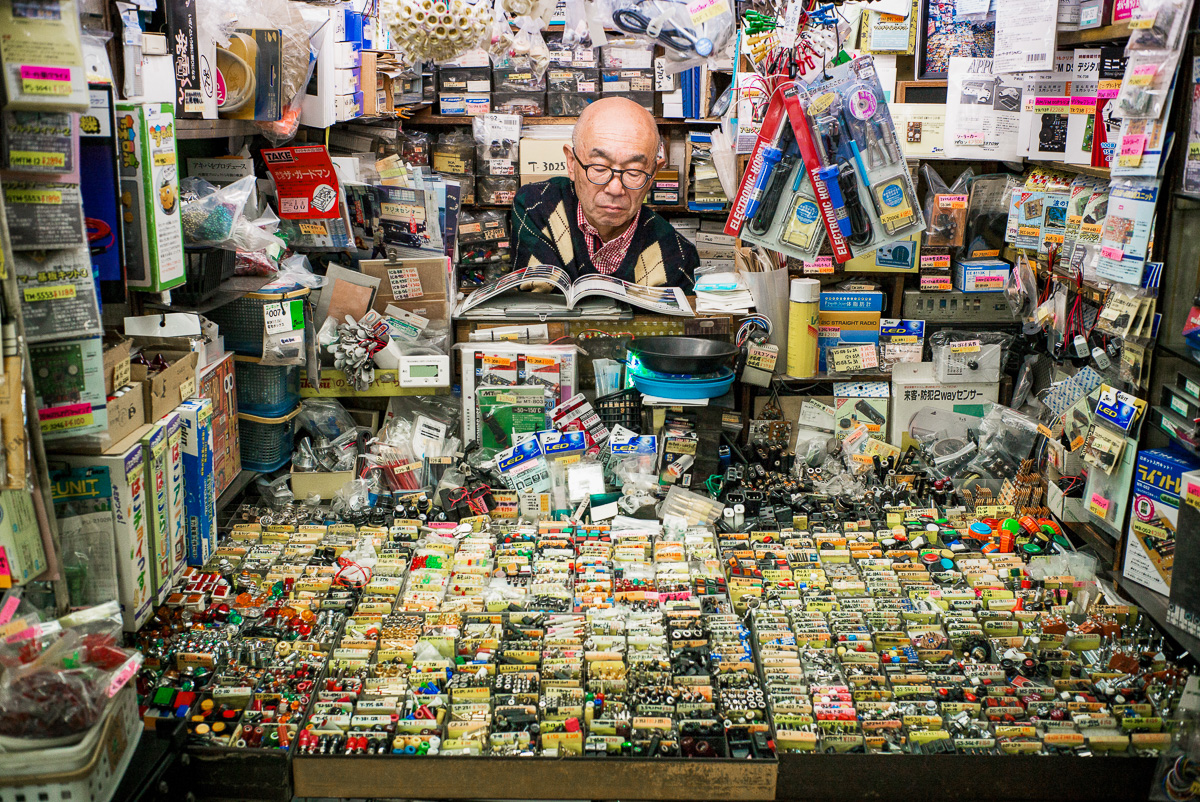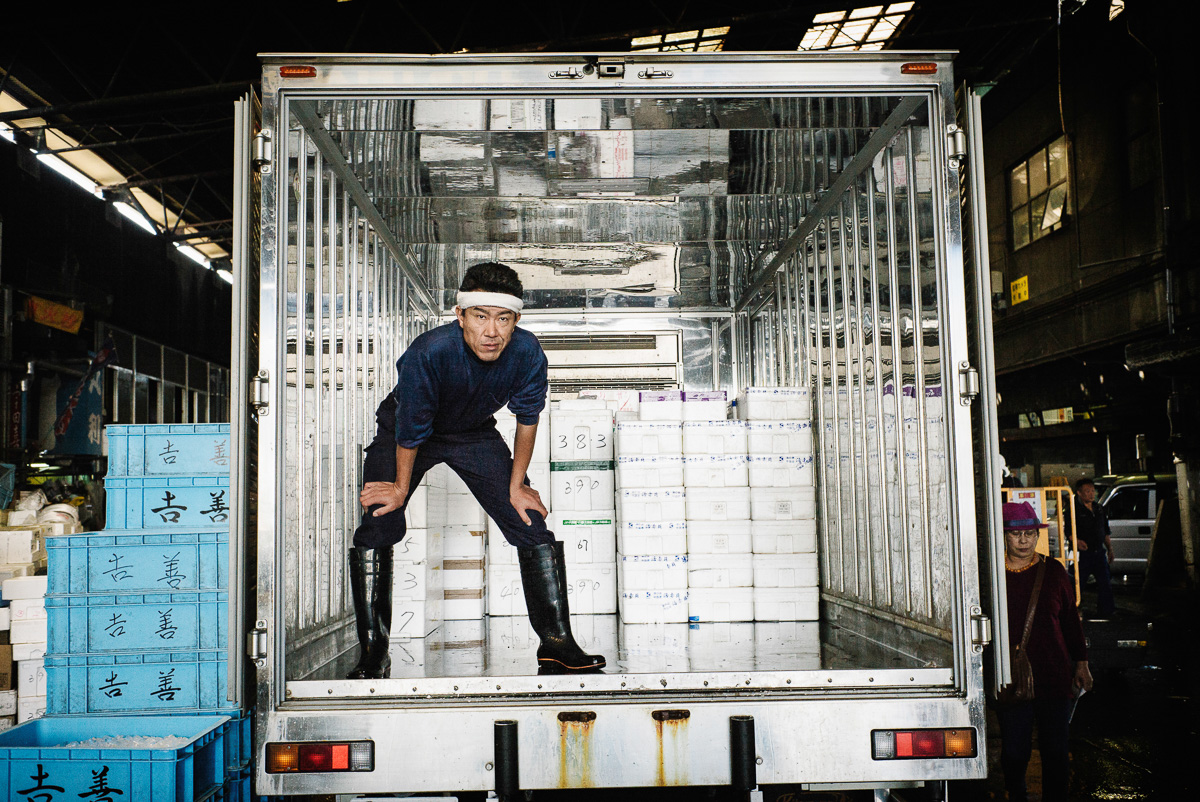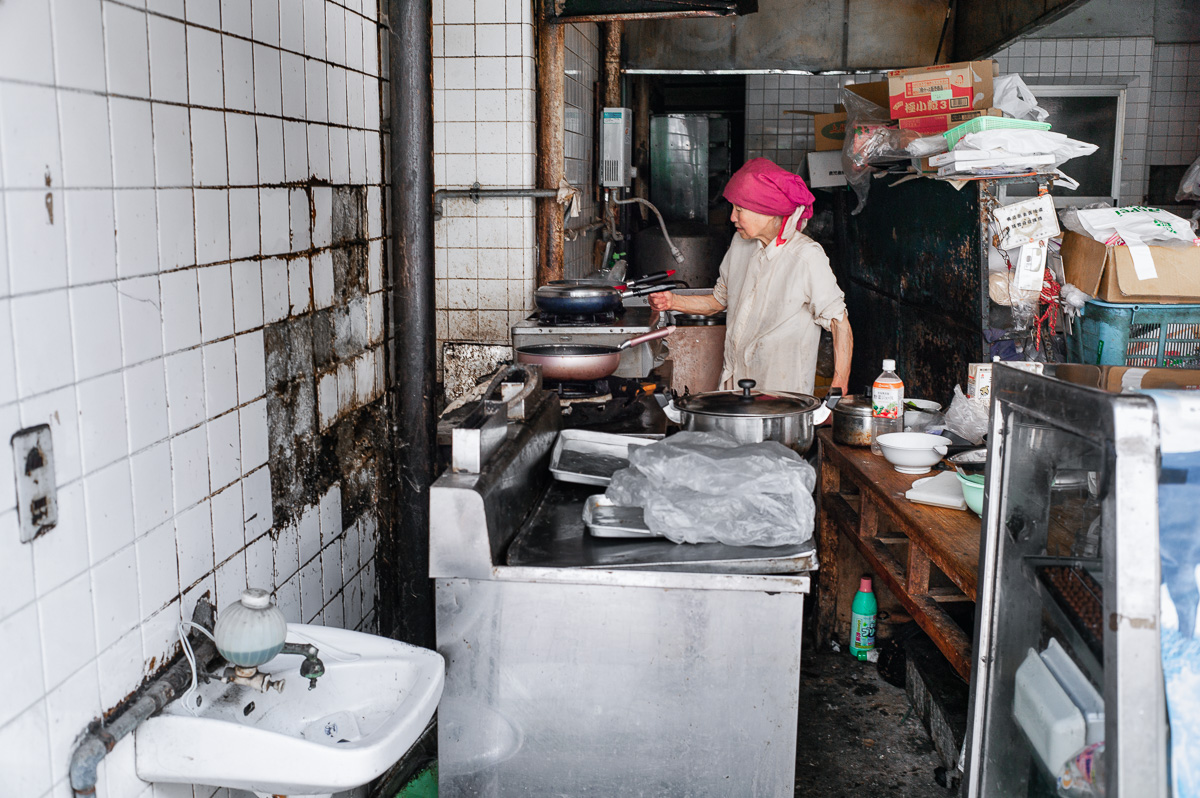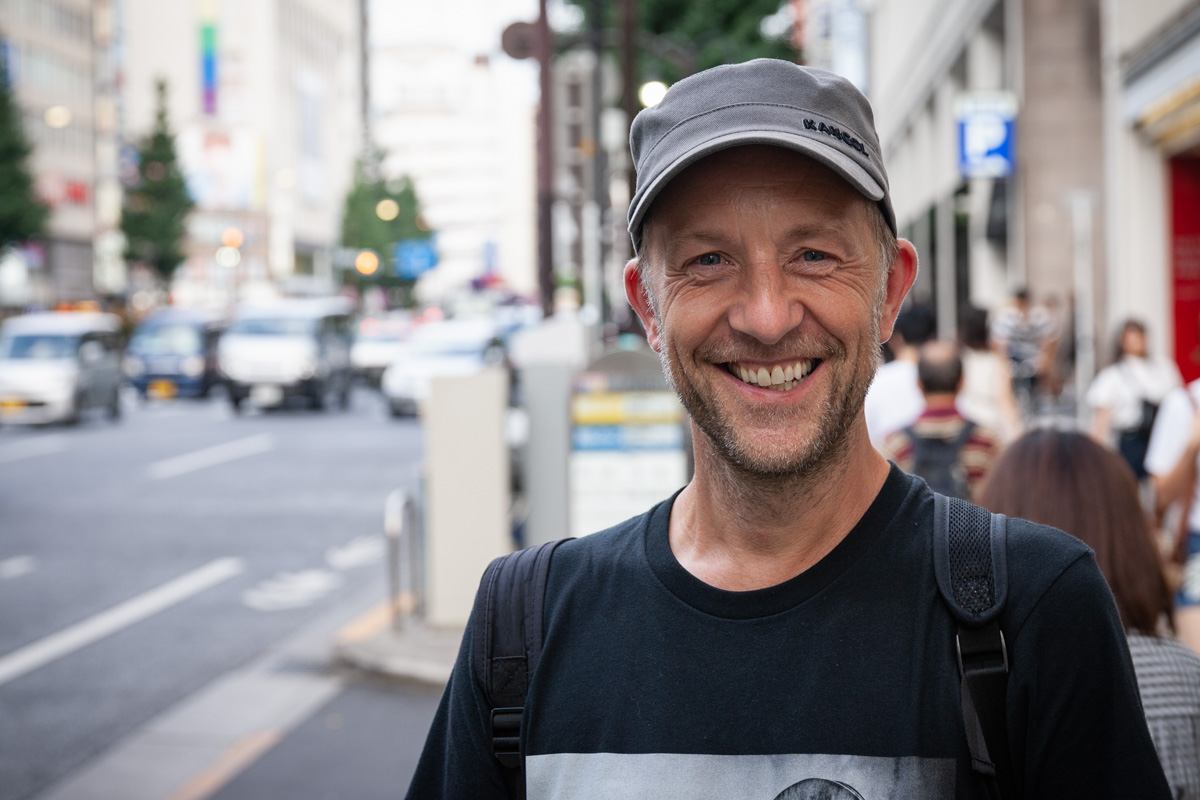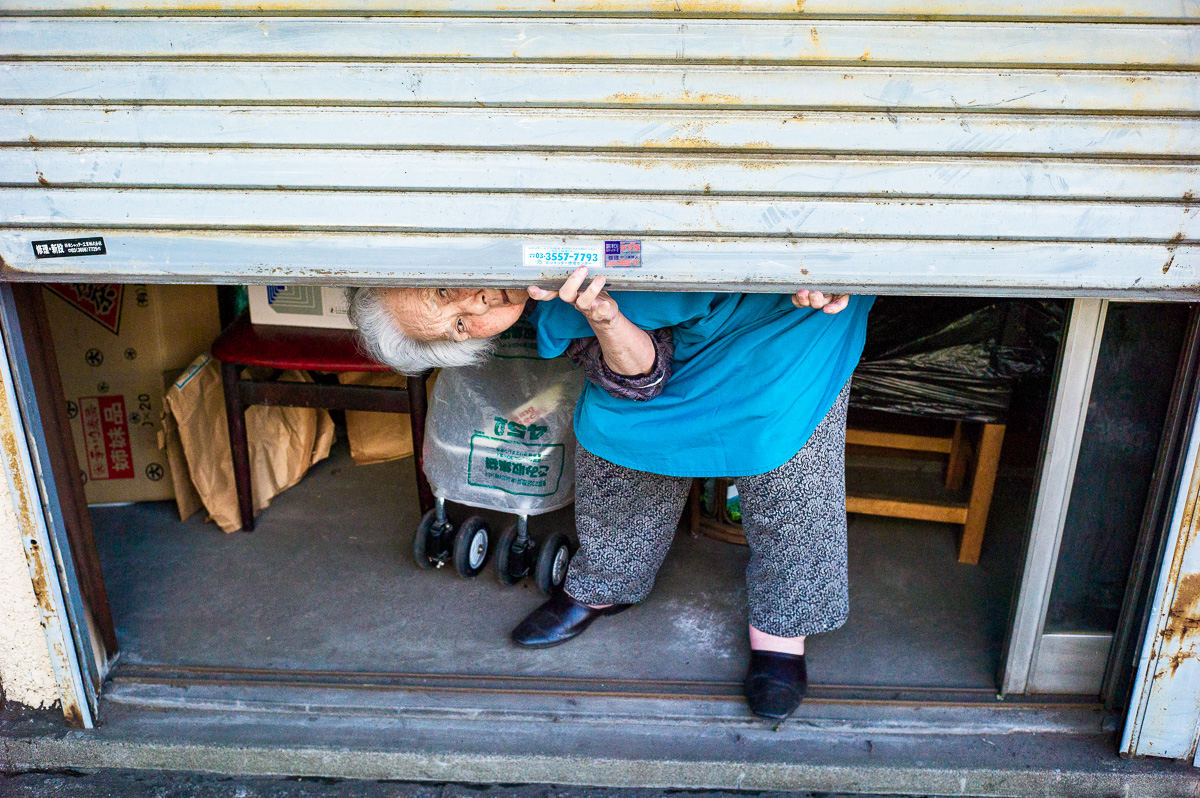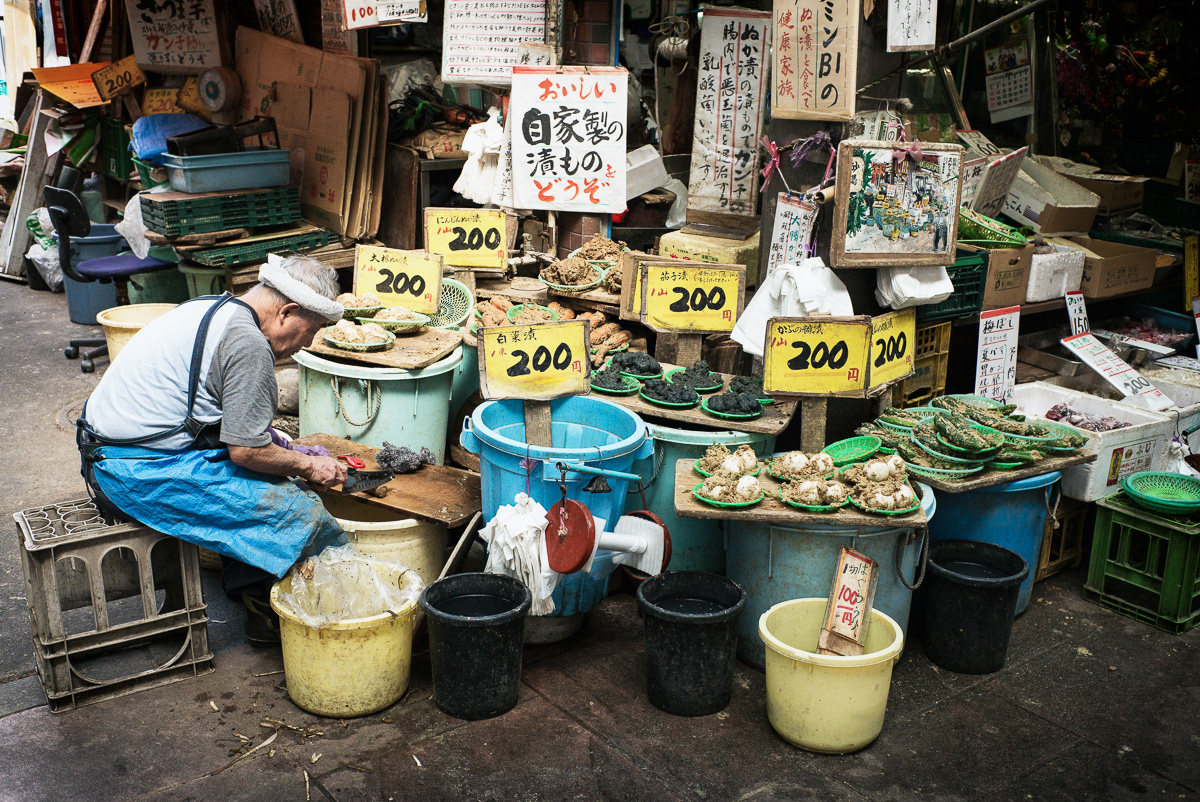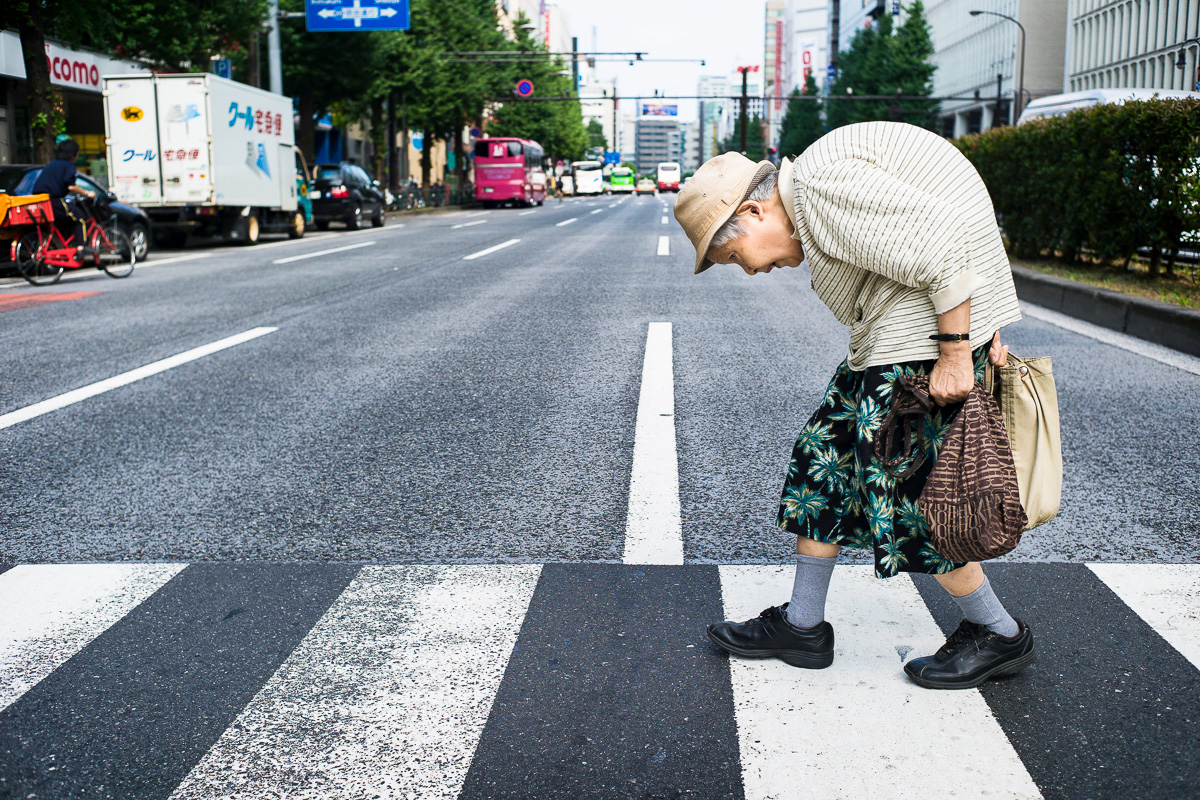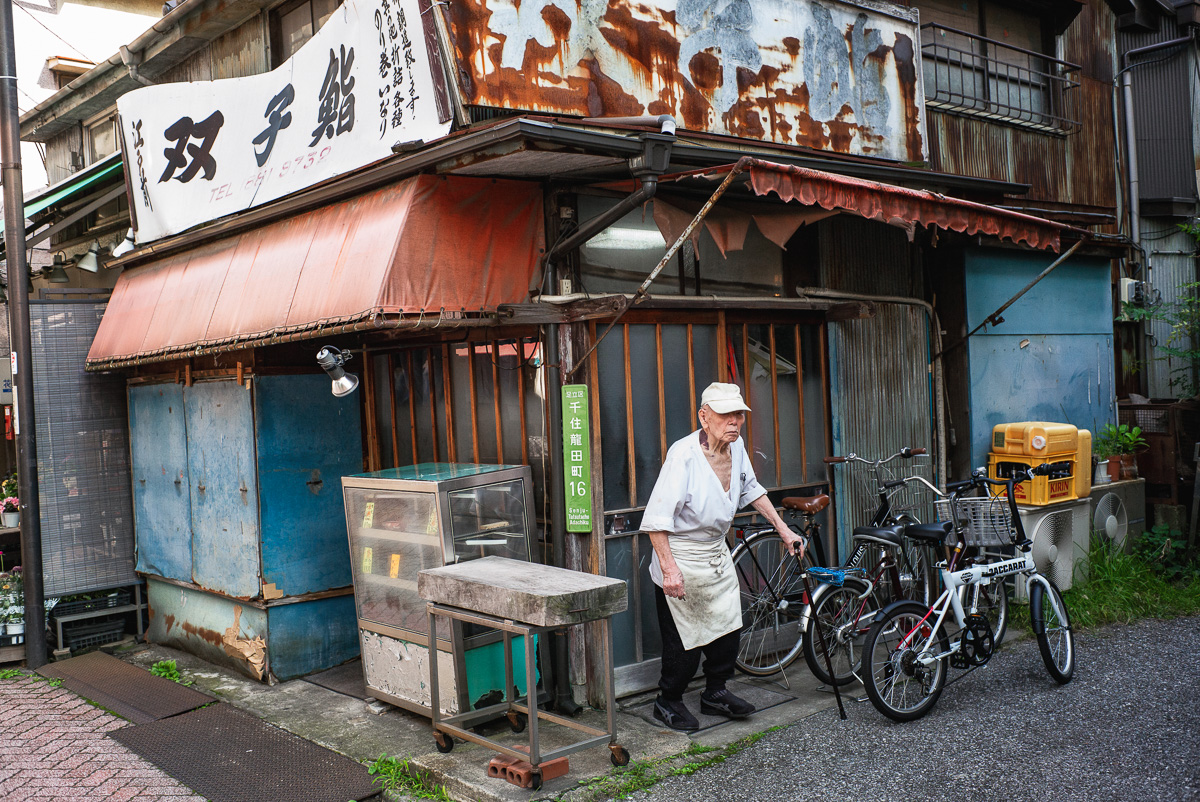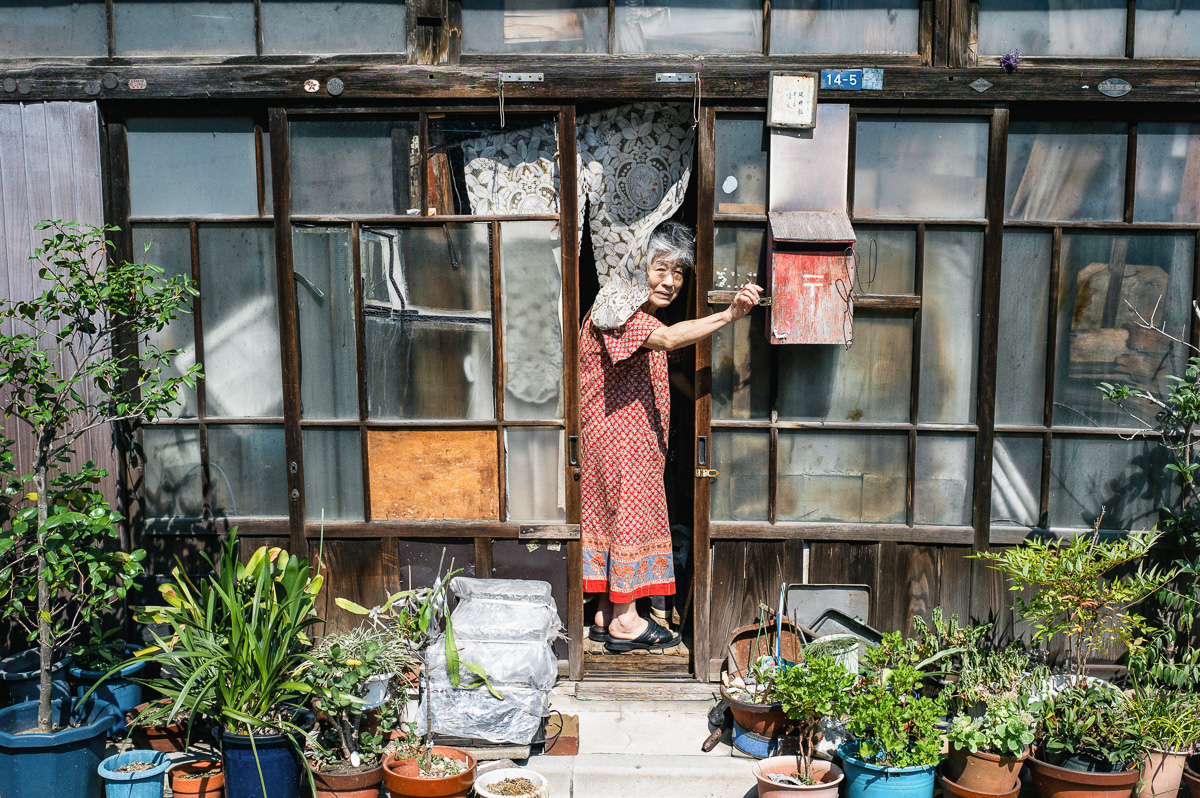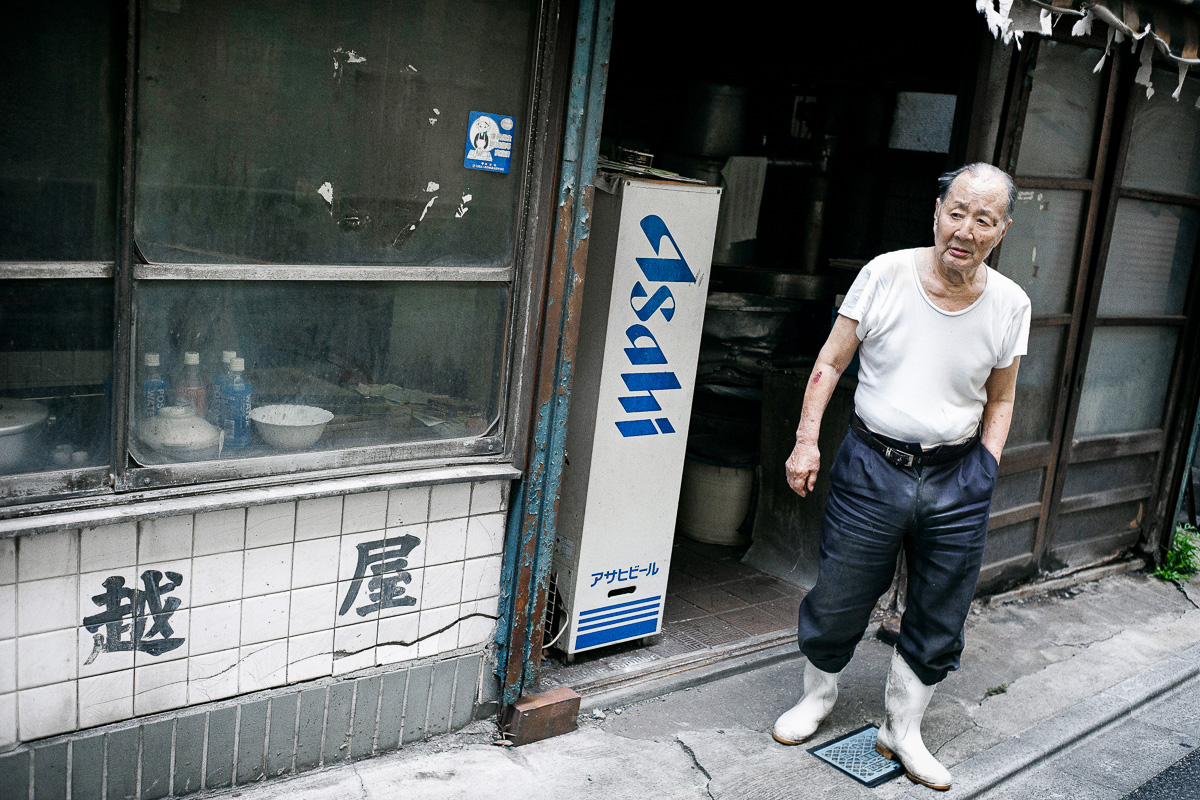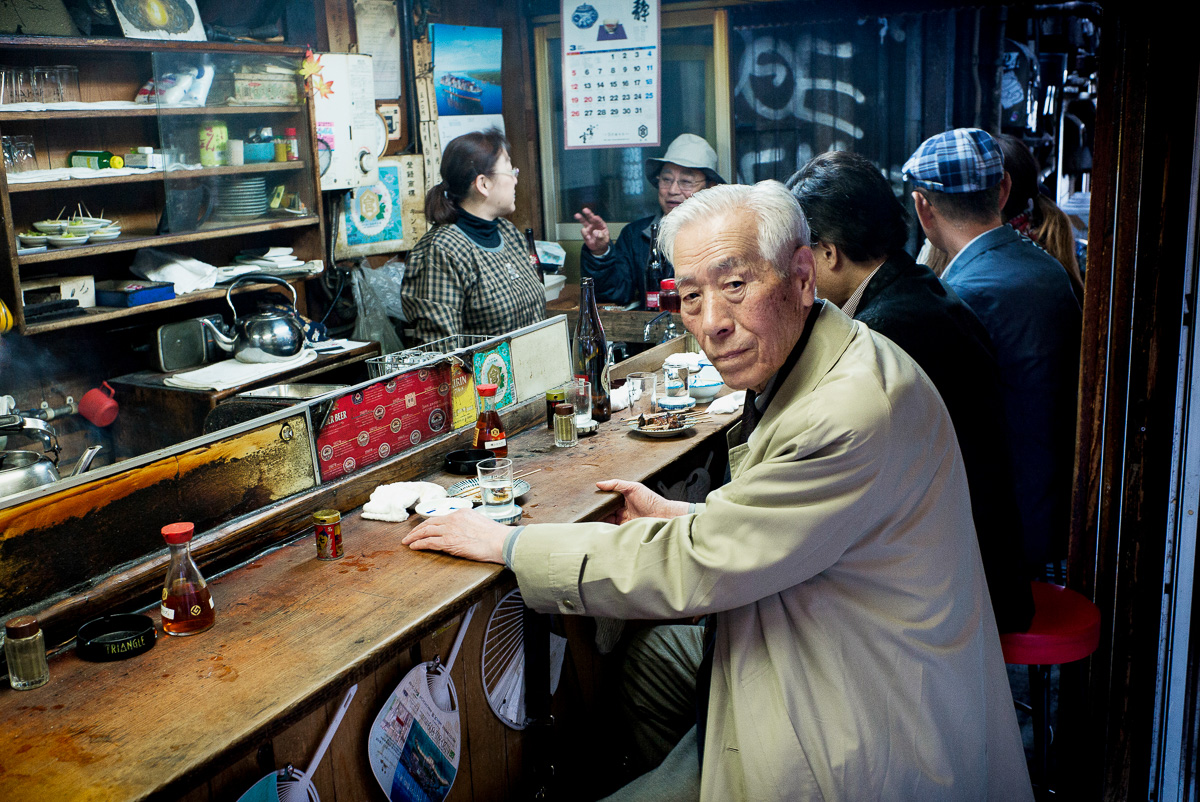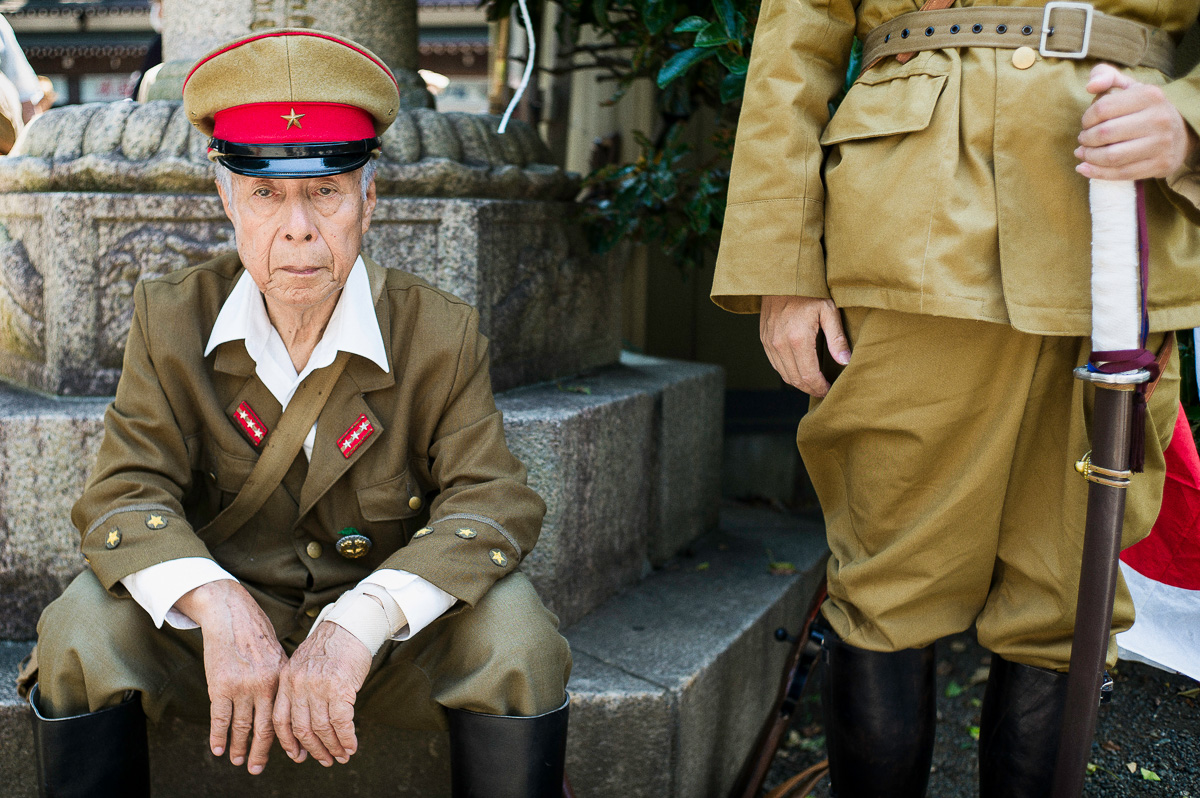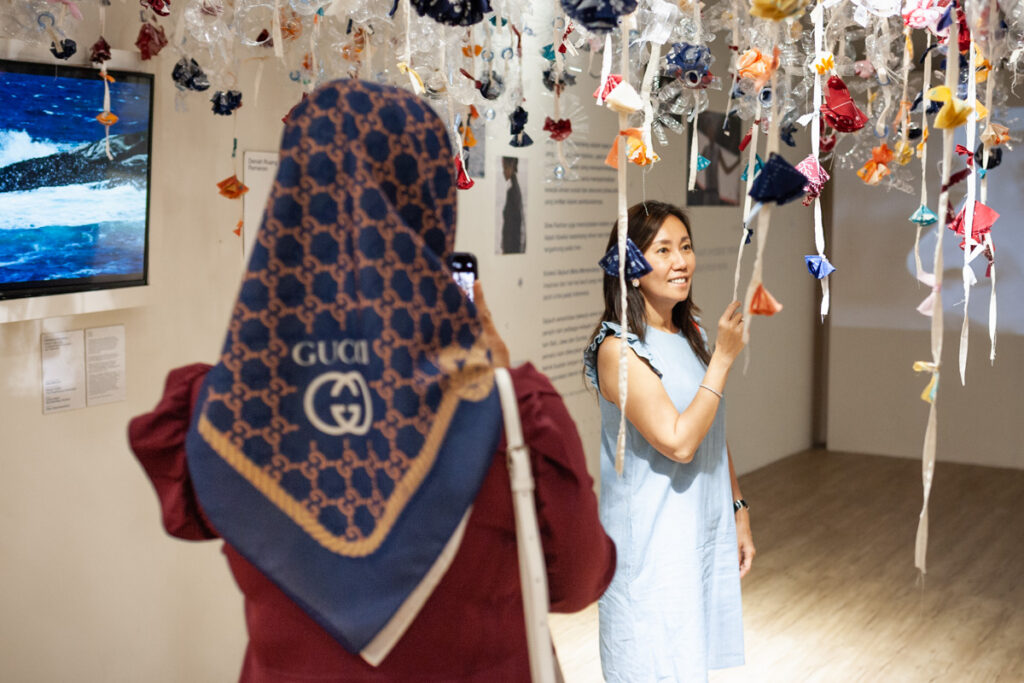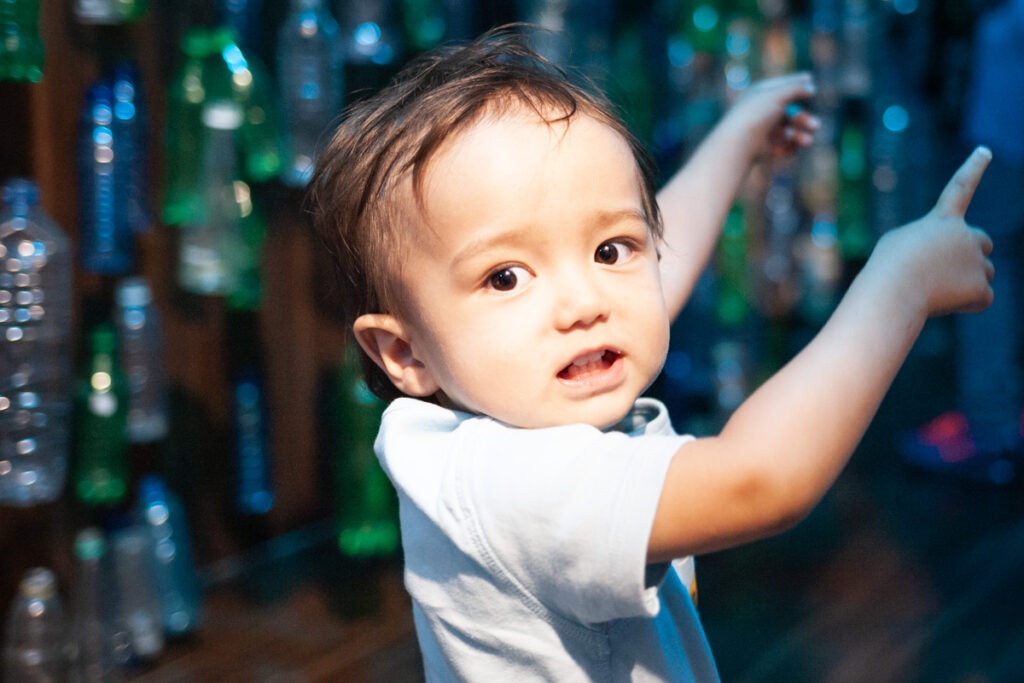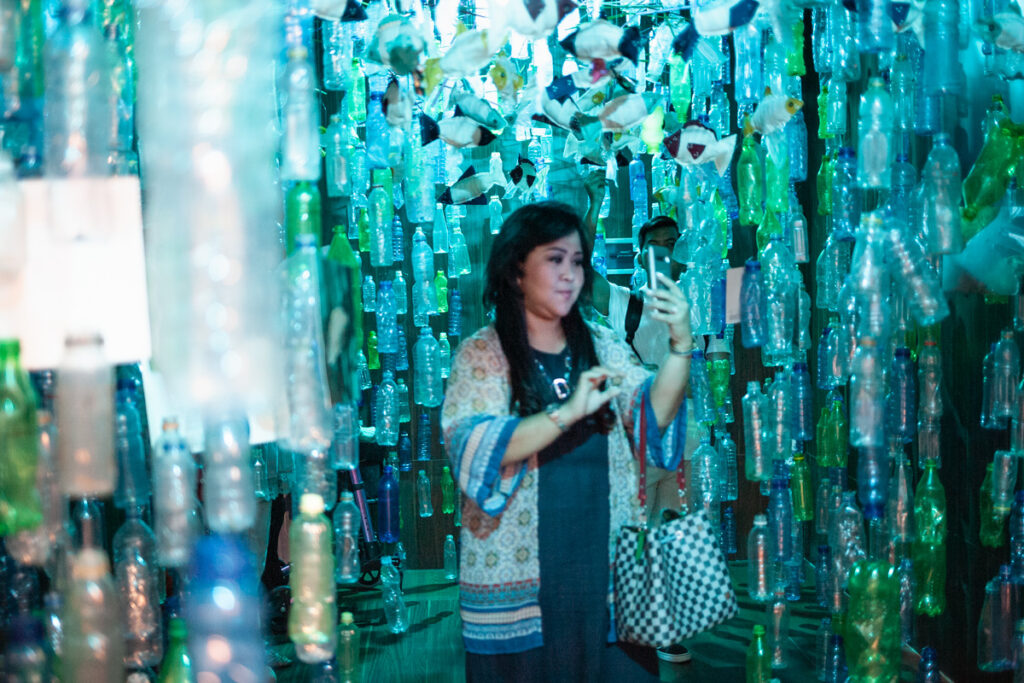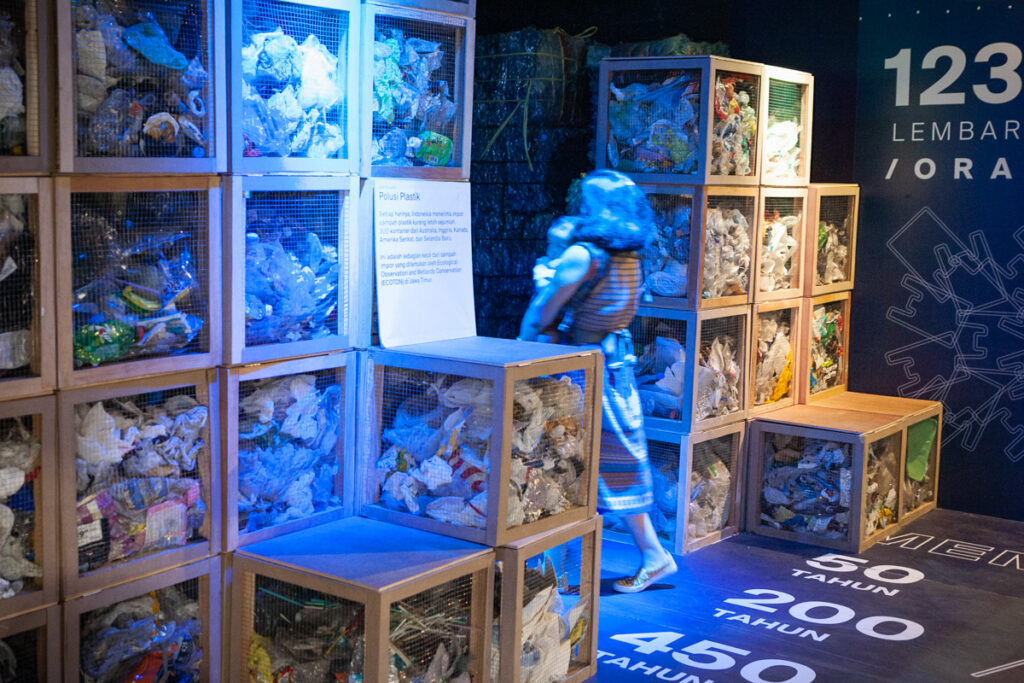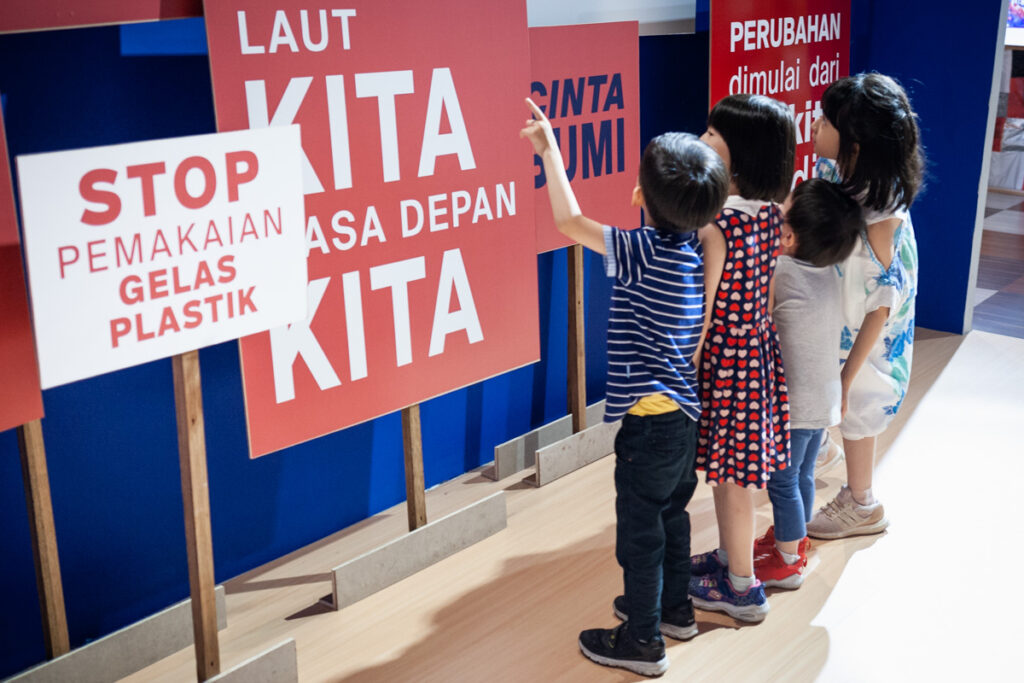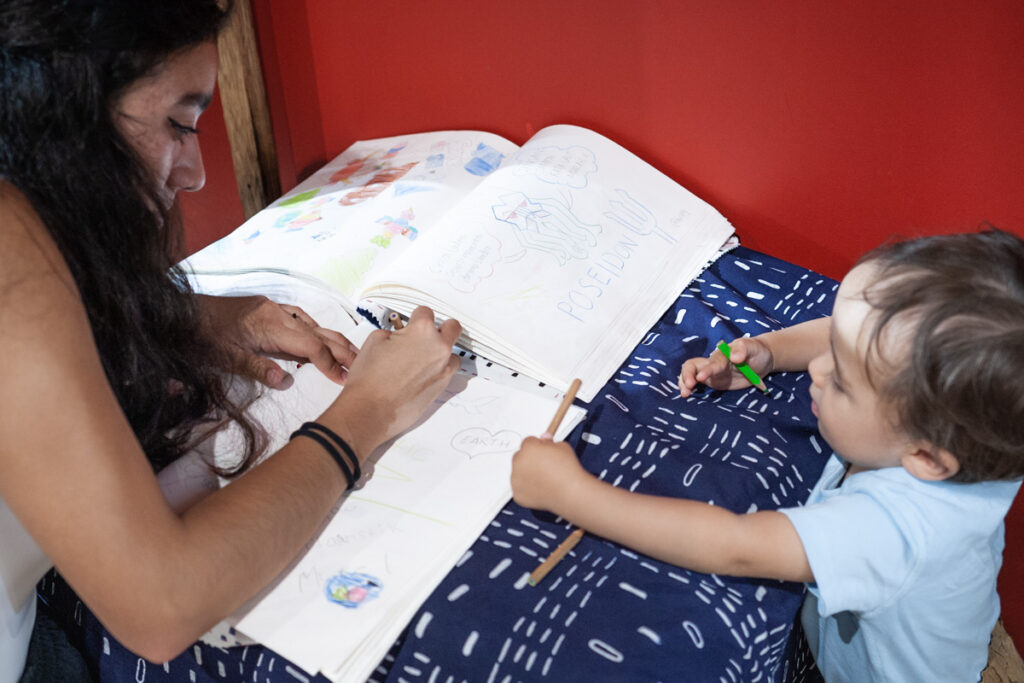It is 2009. I am on a long, long flight. Needing to fill out an application for a visitor’s visa, I dig into my hand-luggage for a pen. I smile at what else I have brought with me. Carefully folded are three high-quality silk ties given to me by a friend who, on his retirement, swore he would never wear one again. I told him what I planned to do with them. He beamed.
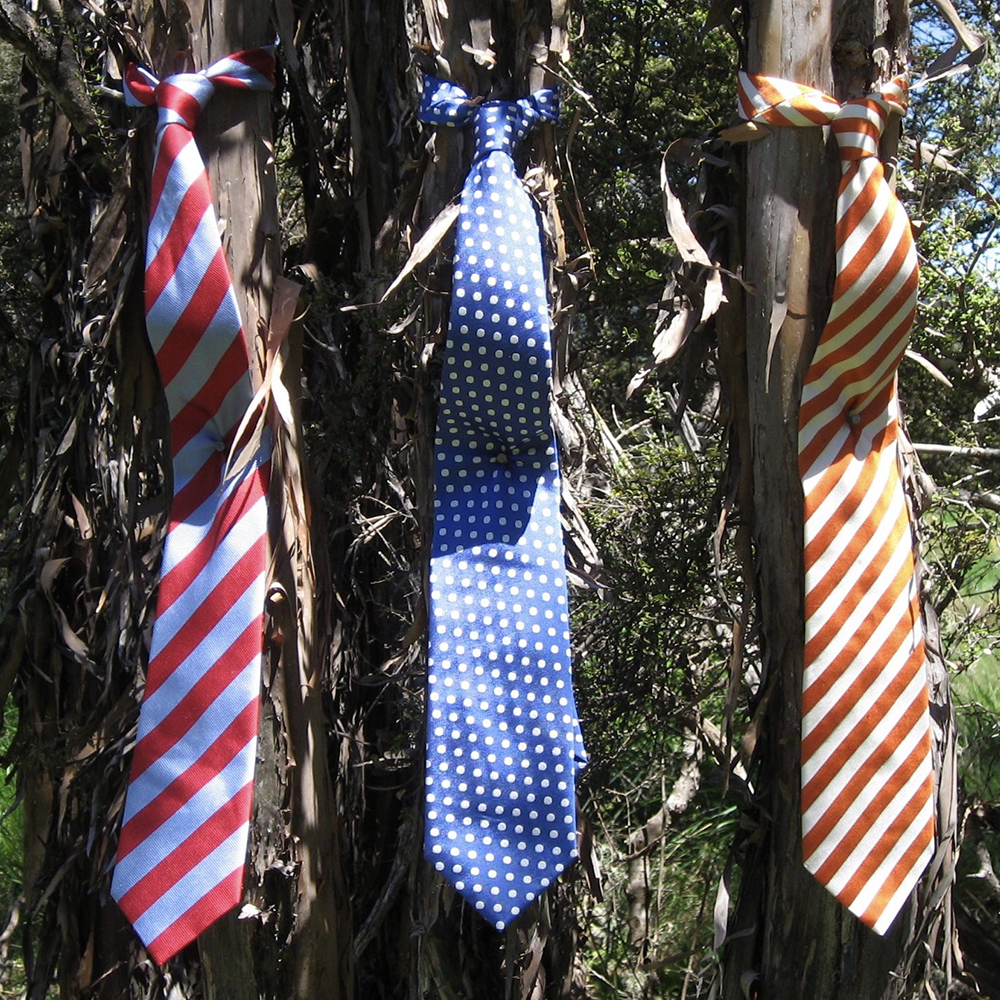
I am lured back to New Zealand every year by the prospect of casting a dry fly over trout of memorable size in rivers of unforgettable beauty. This year takes me to the banks of a little-known creek off the Waikikamukau river. The creek is home to tiny trout that dart for cover as I approach. Only in the winter spawning season will the massive pink mama trout make their way up from the lake to await that brief and critical tail-flickering encounter with a hook-jawed male. However, I am not here for the trout. I am here for the manuka forest through which the creek tumbles. I want to install the ties and seek three trees of neck-size girth standing together.
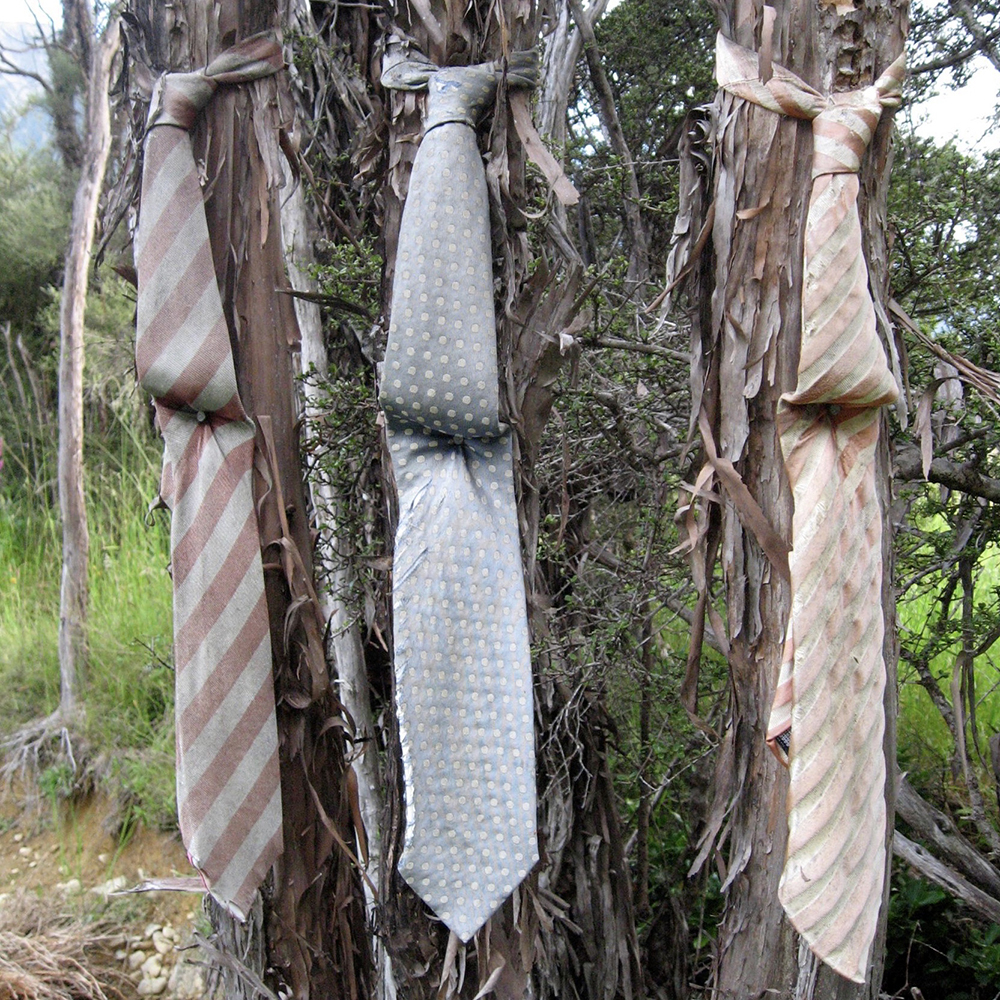
In 2012, I pull on my hiking boots and return to my chosen manukas. I am amused by the way my carefully knotted ties with the naily tie-pins have maintained their business-like form but look like they have done way too many business trips. I wonder where this idea will go in the coming years.
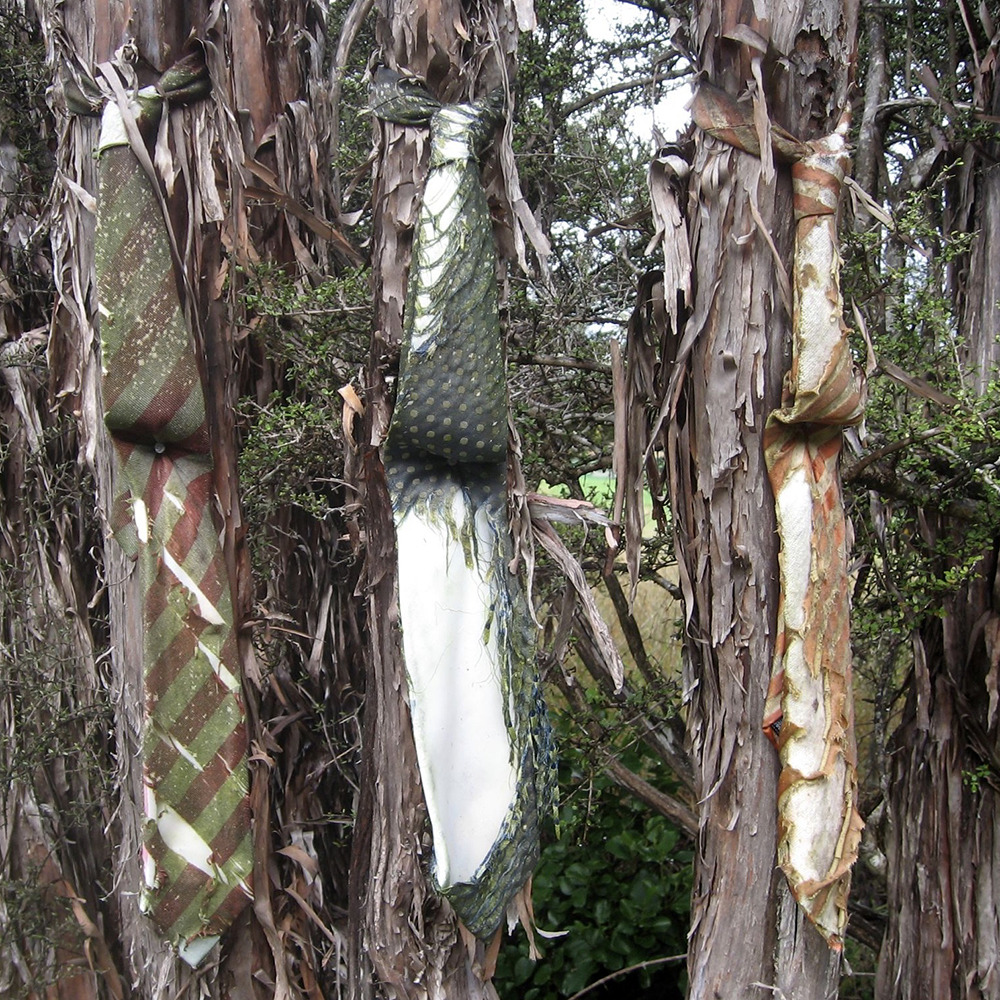
2016 finds me back at the creek. I am always fascinated by decay of man-made things but my little project in entropy seems to be a bit of a flop. Let’s be honest, the whole thing looks like what it is: three ties rotting on tree trunks. I have a sneaking feeling that Andy Goldsworthy is watching over my shoulder with a wry smile.

It is 2019. The ties are now gorgeously decayed. Their strut has long gone. They are almost at one with the flakey manuka bark and so are becoming part of nature. Time is the “artist.” I like what I see.
I try to recall why I did this in the first place. It was something to do with my anger about the bank-induced financial crisis of 2008. Why the tie thing? A tie…. That symbol of the powerful smart man. That totally unlikely, brightly coloured, pants-pointing neck-wear. I realise that my anger is now redirected towards the Trumps, Putins and Johnsons of the world. Maybe my exposed tie experiment conjures up more than macho-corporate decay; perhaps it speaks to our daily-growing awareness of that biggest of human trade-offs: on one hand, we have our booming population living life-styles that are driven by manufacturing economies that in turn are driven by the business and political worlds (both lorded over by tie-bearing men.) On the other hand, we have our inevitable, massive and global impact on the environment. Whatever path humans take, nature will win in the end. Big mama trout will swim upstream to spawn long after us clever and exotically dressed hominids have been consigned to the archives of the planet’s natural history. I admit to finding comfort in this.

